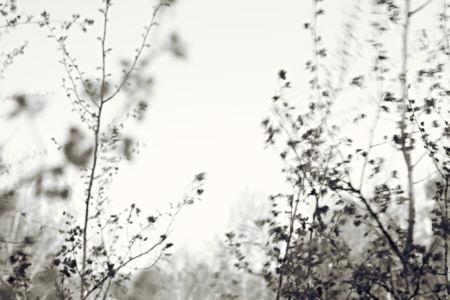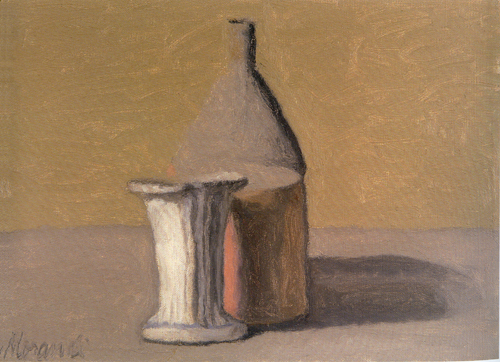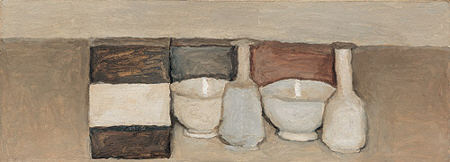After sending me to the Morandi exhibit at the MET, my friend and mentor, Nancy Plum, introduced me to Janet Fish’s paintings. She lent me Gerrit Henry’s 1987 JANET FISH and as a present for Hanneke (Psst, don’t tell her), I bought Janet FISH PAINTINGS by Vincent Katz, a more recent version.
Below are photographs of two of JF’s paintings, first F.W.F, 1976 (72 x 56″):

Fascinating to see geometry outlined by edges! The dazzling quality of the painting appears to be due to, quoting JF:
…I started sitting the bottles on mirrors, to bounce the light back up through them and intensify it. I’d paint the set-up all day long. If the light was terrific in the bottle at one moment, that’s when it was painted. I sort of set up a watch. And I’d look at things, and whatever was exciting that happened – in this situation where everything was always in flux – was recorded in the painting. The light is never in the same place for more than a second…
.
Vincent Katz likens the ‘artificiality ‘ in lighting due to capturing highlights at different time points to the artificiality in Dutch still life where flowers that bloom at different times of the year nevertheless appear in the same painting.
The next picture is Orange Cloth/Orange Poppies, 2000 (48 x 60″):
Edges are still accentuated. And, I think in this painting, there may be some dissolving of boundaries due to similarity in color of different shapes.
Has anyone thought about Morandi and Fish at the same time?
So far, I have only seen Morandi’s paintings in real life. I will attempt to see Janet Fish’ Grey Day (1978) in my town at the Kresge Art Museum Collection, Michigan State University. Nancy thinks that the painting may be archived. Thus, I will have to put in a request for special viewing after I return from Germany. More later,
Happy New Year!






